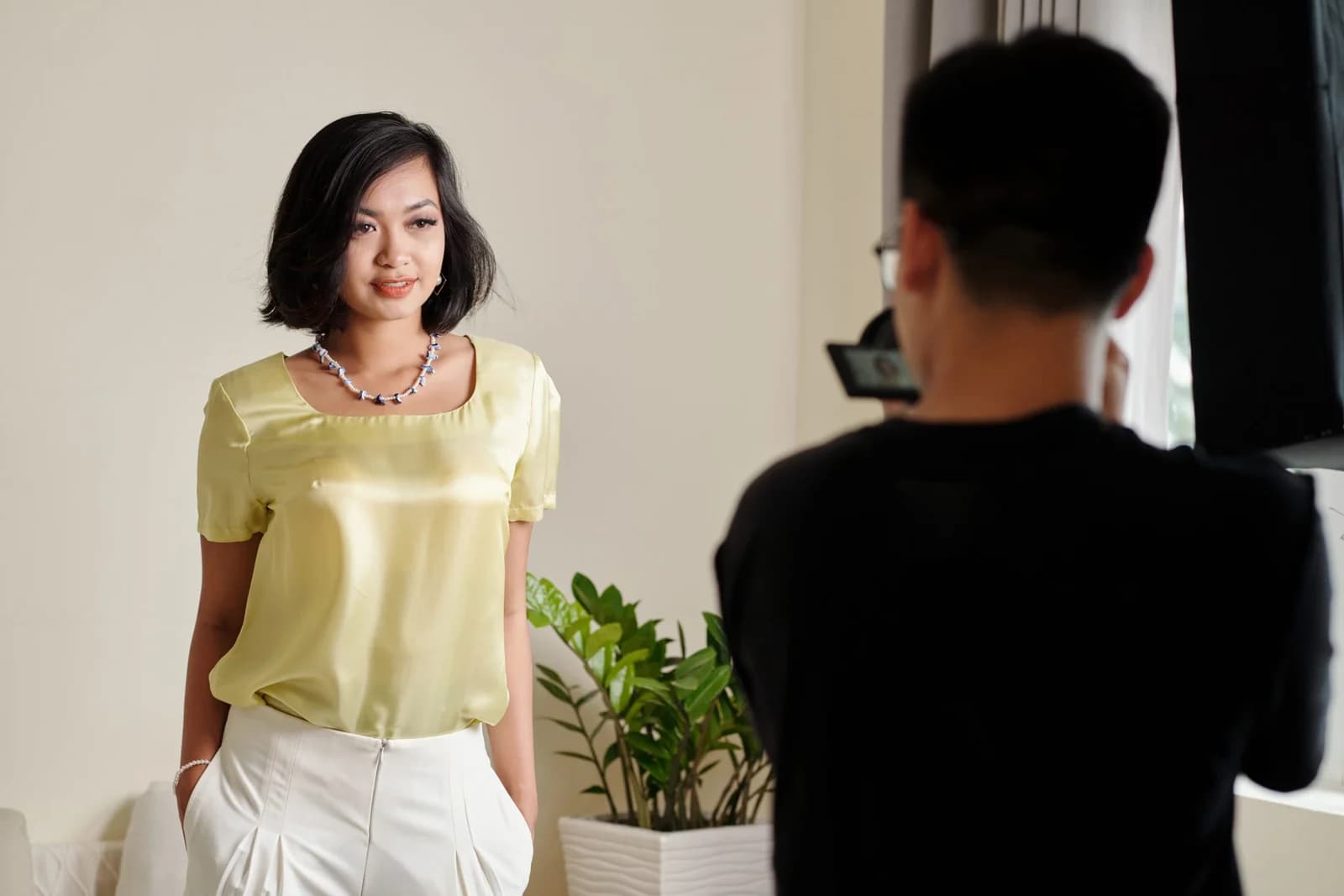
How to Be More Inclusive in the Modeling Industry Clothing is one of the three requirements of life, hence fashion will always have a market. In essence, everyone is clothed. Models are persons who help artists advertise their works by serving as visual aid. We’ve seen throughout the years that the ideal model is portrayed as a slim, white, cisgender person. While this is not necessarily a bad thing, it is crucial to realize that certain consumers do not fit into any of these categories.
Due to this, individuals who do not check any of these boxes or even all of them are underrepresented. In order to solve this issue, there has been significant discussion about inclusiveness, diversity, and equality in the modelling industry. How to be more inclusive in the modelling industry.
Undoubtedly, there have been more models on the runway recently than at any time in the past. Various brands have also worked with individuals and groups that advocate for minority communities. This doesn’t change the reality that the bulk of notable models falls into the white, cisgender, slim category. Only a small percentage of the modeling profession is of various ethnicity and background.
It’s crucial to understand that inclusivity and diversity are two different concepts. It is not enough to have one or two models who come from diverse backgrounds or who are different in terms of size, gender, or skill.
Did the models from minorities feel comfortable, included, or valued? Were they compensated for their labor and not merely for their race, gender, or age? These are the elements that genuinely demonstrate that a company respects and utilizes models from diverse backgrounds.
It appears that the call for inclusion and diversity in the modeling profession is not a new concern. Naomi Campbell, Bethann Hardison, and Iman sent an open letter in 2013 criticizing brands in the 2013 fashion week for using mostly white models with little or no representation of people from other backgrounds.
In an interview with Alina Cho in “ The Atelier With Alina Cho series”, Iman said,” we need to connect to all of us, not just Black, but white, and to collectively think about what that real change is. Not a tokenism change, not quota change, but real change.”
To be more inclusive, the modeling industry can take these steps.
Firstly, recognize that there is a problem. Acknowledge the need for change, accept that there is room for growth, and emphasize the importance of inclusivity and diversity. And begin taking the necessary action to bring about the necessary change.
Addressing differences on an individual basis. Don’t try to fit every difference into a single category. Recognize and treat issues of race, gender, size, height, and ability as individual challenges.
Organize your team first. Be more diverse and inclusive in areas of your team that may not be obvious to your audience. While having a few models with diverse backgrounds is a positive move, if the crew behind the scenes isn’t similarly inclusive, it might potentially be a façade.
Who is responsible for decisions? Who is choosing the models? Are minorities heard behind the scenes? It has been alleged that plus-sized models have been insulted, black S’ hair has been changed owing to a hairdresser not understanding how to treat black hair, and a variety of other instances have occurred.
This is a problem that arises from the fact that nobody behind the scenes stands up for and represents people from different backgrounds. Your creative team and marketing teams may be better able to comprehend and incorporate the differences between people if they include creatives (designers, photographers, and stylists) from a variety of backgrounds.
Include personalization in the design of clothing. There are various body sizes and shapes, as well as various skin tones. These distinctions should be taken into account when designing clothing for both models and consumers. Creating adaptive clothing for differently abled people would also be beneficial.
Clothing developed expressly for individuals with disabilities who struggle to dress independently or those who have sensory disorders and are sensitive to certain textures and materials are examples of adaptive clothing.
Finally, the industry should create a platform for models from all walks of life to speak up and be heard. Talking about the challenges and struggles faced would help brands identify and address each struggle.
Tags:
#fashion#modeling#models#inclusive
